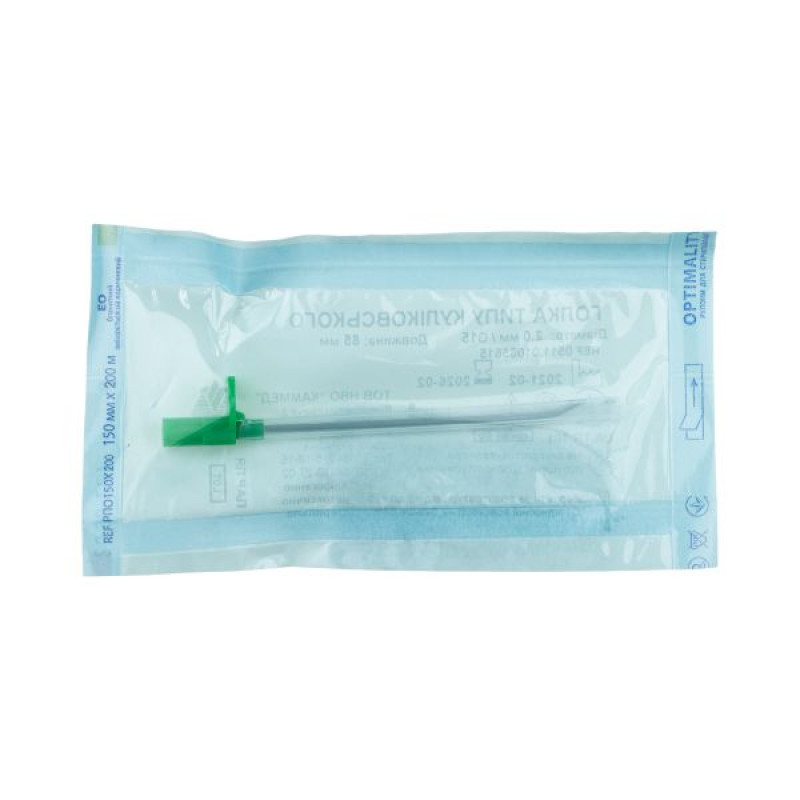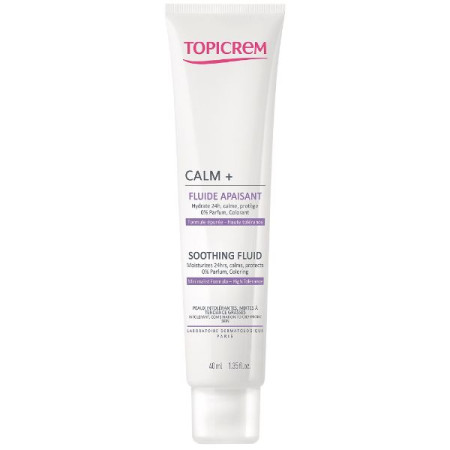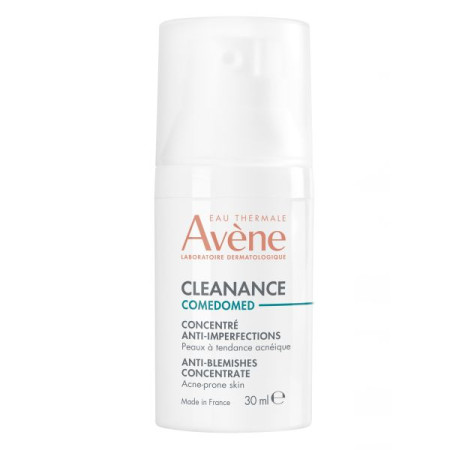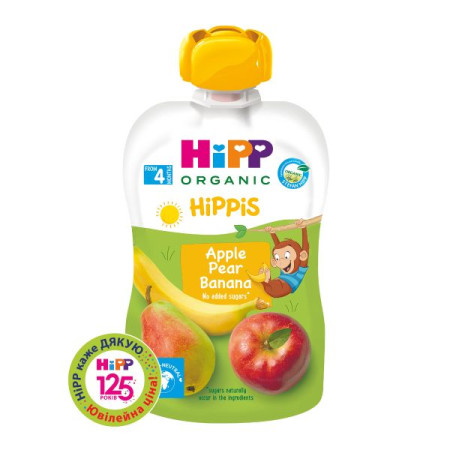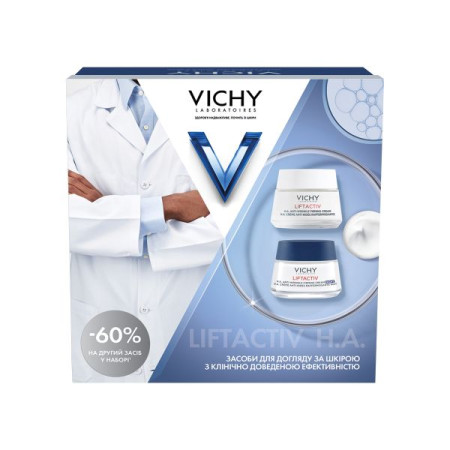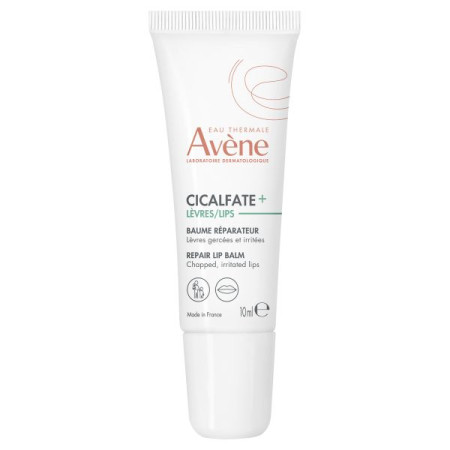Kulikovsky-type needle for maxillary sinus puncture
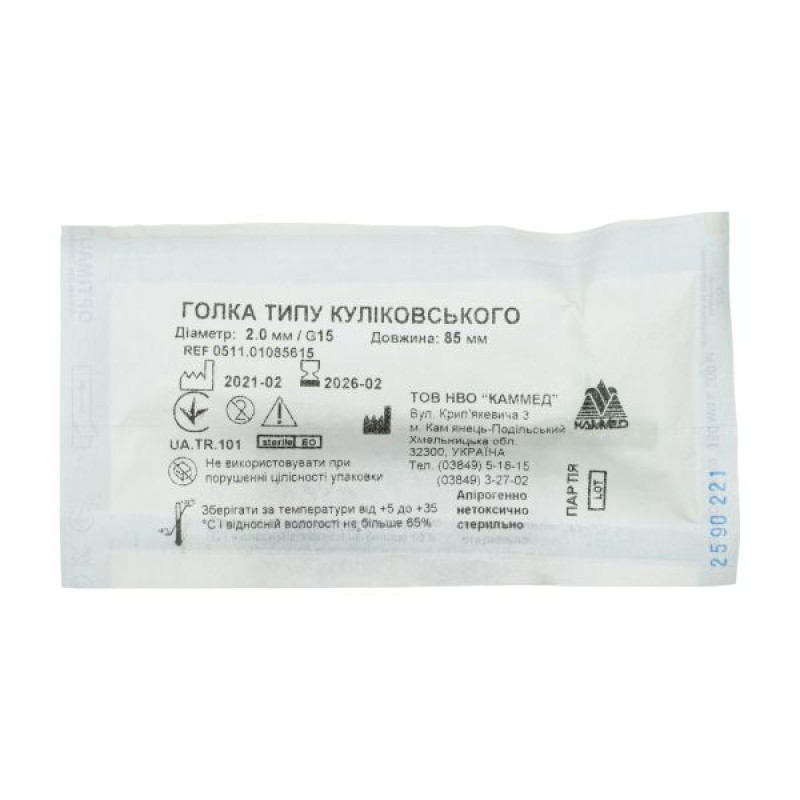
Kulikovsky type needle (size G-15, diameter d-2.0 mm, 1 pc.) is intended for puncture of the maxillary sinus.
Puncture of the maxillary sinus has been considered one of the most effective methods of treating inflammatory diseases of the sinuses for decades. In addition, this procedure has diagnostic value, as it allows you to assess the nature of the process and the amount of exudate, determine the patency of the natural opening of the sinus, establish the presence of blood in it, and suspect the presence of soft tissue formation.
Indication
Indications for maxillary sinus puncture are the lack of positive results of conservative treatment of acute or chronic sinusitis; serious condition of the patient with headache and/or pain around the paranasal sinuses; detection of fluid or blood accumulation in the maxillary sinus (hematosinus) on radiography or computed tomography; leakage of its natural opening. Puncture is also used to introduce a contrast agent for X-ray diagnostics.
Contraindication
Contraindications to the manipulation are anomalies, hypo- and aplasia of the maxillary sinus, acute infections, severe chronic somatic diseases, such as decompensated diabetes mellitus, hypertension, etc. Puncture of the maxillary sinus is also refused in early childhood.
Features
The procedure itself is quite simple and does not require long preparation. Preparation includes cleaning the nasal cavity and local anesthesia with a solution of 10% lidocaine or 2% dicaine in combination with adrenaline. The Kulikovsky needle is inserted under the inferior turbinate approximately two centimeters from its anterior end. The choice of this puncture site is due to the fact that the medial wall of the maxillary sinus is thick here. The needle should always be directed towards the outer corner of the eye of the corresponding side.
When the procedure is performed correctly, when the needle is inserted through the thickness of the bone, after applying very little force, a characteristic feeling of failure occurs. The needle is inserted into the sinus for about five millimeters, in some cases it may rest against the contralateral wall of the sinus, so after the puncture, you should make a few gentle rocking movements with the needle, or aspirate a small volume of the contents with a syringe. If this can be done freely, then the needle is directly in the lumen of the sinus, otherwise it must be moved a few millimeters outward.
Irrigation with antiseptic solutions
If necessary, a repeated puncture with irrigation of the maxillary sinus is prescribed. Sometimes, for this purpose, a special drainage is installed through the puncture hole, and all manipulations are carried out through it.
Complications after puncture
Regarding the complications of puncture, it is important to note the risk of nosebleeds caused by vascular damage (it is usually minimal and easily stopped), and the possibility of air embolism. When piercing the upper wall of the sinus, an orbital puncture is possible, and when the anterior wall is affected, a buccal puncture is possible.
Recently, the idea of the inexpediency of puncture of the maxillary sinus due to the possibility of conservative treatment with powerful antibacterial drugs has become increasingly popular, however, it should be taken into account that when the natural opening is blocked, and sometimes even with its quite sufficient function, the pathological contents cannot be completely removed by any other method than physical, that is, by irrigation. In such a situation, medications suppress the acute process and eliminate clinical symptoms, but the pus remaining in the maxillary sinus leads to chronic sinusitis. In fact, these treatment methods complement each other well and, if indicated, are prescribed in combination: removal of contents from the maxillary sinus by aspiration improves its aeration and removes the irritating factor from the surface of the mucous membrane, and antibiotics directly fight the causative agent of the infection.
Characteristics
Made of stainless steel, length 85 mm, curved tip.
There are no reviews for this product.
There are no reviews for this product, be the first to leave your review.
No questions about this product, be the first and ask your question.



